#onoclea
Explore tagged Tumblr posts
Text
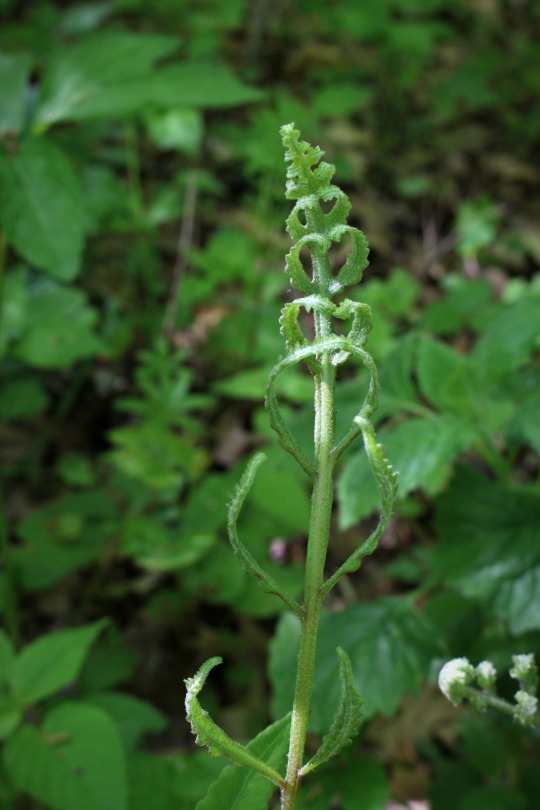


Sensitive fern (Onoclea sensibilis), named such because of how sensitive it is to frost
Patreon | YouTube | Twitter | Shop
76 notes
·
View notes
Text


Sensitive fern (Onoclea sensibilis).
This species is said to wilt at first frost, giving it its iconic common name.
1 note
·
View note
Text

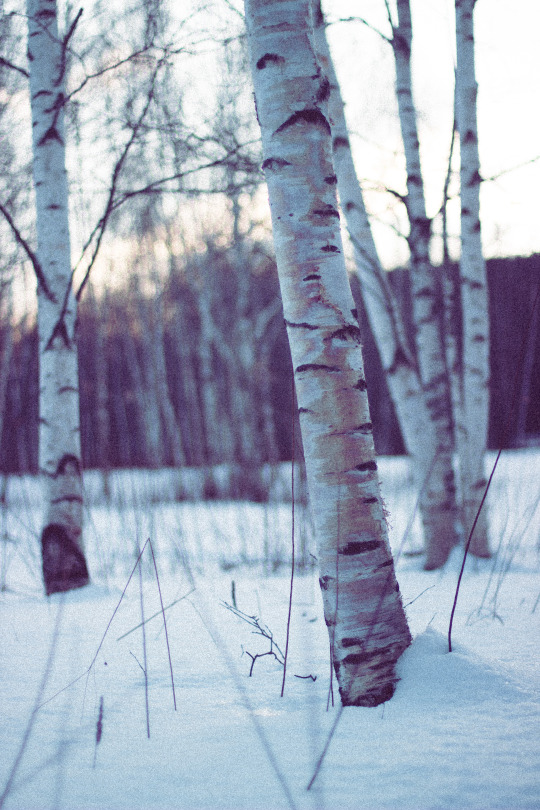

Oh dreadful, fallow heart // Part 19
January 28th, 2023
#nature photography#winter#snow#birch trees#birch#onoclea sensibilis#landscape photography#vertical landscape
127 notes
·
View notes
Text
Ferns - The Mundane and Magical 101
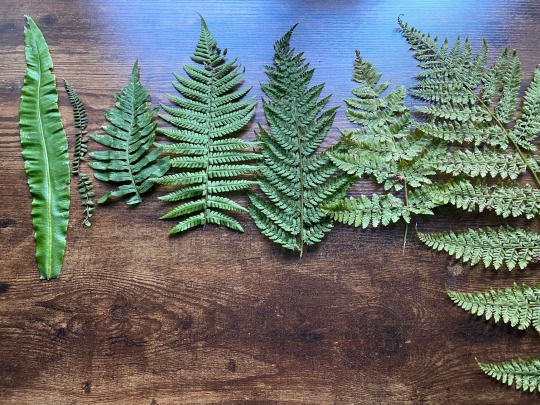
Working with my local land more has taught me to source local plants and connect with them. By properly taking care of it and working the land. That also means connecting with local plant spirits.
The Fern is one of those species of plants. This wonderful herb is abundant, protective and hold much wisdom for they are very old. With some dating back to 360 million years (or so they say). It is known some species can live up to a hundred years.
They are full of wisdom, you might just learn something from them if you actively work with them as a spirit.
Scientific Name:
Family: Pteridophyte
Parts used: For species of Fern it varies
Planet: Mercury
Element: Air
CAUTIONS: ALWAYS check with your local herbalist and doctor before consuming any medicinal medicine as they will be able to direct you on proper dosages. Some medications can also interact and so can some conditions with certain herbs.
IMPORTANT: Some Ferns are harmful (like the Pteridium genus aka Bracken Fern) to the airways and can let off spores that can harm or cause death in immunocompromised people. Always be wary of Fern species around pets as well. Source and research responsibly.
Uses in Herbalism and Healing:
Certain Fern species are used to treat different ailments. Ex. Sensitive Fern (Onoclea sensibilis) used for arthritis while Maidenhair Speenwort (Asplenium tricomanes) is used for coughs.
Always check which fern species is used as some can counteract and aren't always used for the same ailment.
On a fun note, Fiddlehead Ferns are used from a culinary standpoint and are quite delicious when prepared correctly.
Uses in Magic:
When placed in the home, it is said to hold protective properties, and when planted at the doorstep.
Dried Fern, when burned, carries exorcism properties.
Some folklore speaks that when Fern is burned outside, it causes rainfall.
When carried or worn, Fern has the power to guide to treasure.
Some Celtic and Irish legends speak of Ferns being used in from healing to magic.
A Slavic folk tale speaks of a flower on a fern that blooms for a very short time on the eve of the summer solstice. It is said it brings fortune to the person who finds it. In some tales, it allows humans to understand animals talking. It is guarded by malevolent entities. Though the one who succeeds in gathering it can receive earthly riches, that attainment has always brought unlucky energy to the poor soul, so some leave it alone.
Recipes:
A very yummy recipe using Fiddlehead ferns. Check it out!
Sources and extra reading material:
Please remember while I provide sources, some content is my own UPG from working for years intuitively with this herbal ally. What you do not see from my sources assume it is my UPG and take what information you will. Always cross-reference and research yourself. All medical knowledge will be sourced.
Medical Links:
Cao, H., Chai, T., Wang, X., B. Morais-Braga, M. F., Yang, H., Wong, C., Wang, R., Yao, H., Cao, J., Cornara, L., Burlando, B., Wang, Y., Xiao, J., & M. Coutinho, H. D. (2017). Phytochemicals from fern species: Potential for medicine applications. Phytochemistry Reviews, 16(3), 379-440. https://doi.org/10.1007/s11101-016-9488-7
Spiritual:
Books:
Cunningham's Encyclopedia of Magical Herbs by Scott Cunningham
Links:
Want to check out my other posts? Here’s the Masterpost
#witch#witchcraft#eclectic witch#witchblr#paganism#herbalism#ferns#herbal magic#fern correspondences#protection magic#weather magic
35 notes
·
View notes
Text
#2734 - Blechnum procerum - Small Kiokio


AKA Osmunda, Onoclea, Asplenium, Stegania, Lomaria and Blechnopteris procera, Parablechnum procerum, Blechnum capense var. hookerianum, and Lomaria latifolia and duplicata. The specific name comes from the Latin procerus (very tall or long), and refers to the long, upright fertile frond.
Found on the main islands and the Chathams and other subantarctic islands, growing down to sea level in the colder parts of its range. On the Chathams it can grow up to almost a meter-and-a-half tall, but it's usually less than a meter on the mainland. Found in forest, scrub, grassland, streambanks, gullies, tracksides, at forest margins, in open rocky areas, on roadside banks and cuttings, in ditches, swampy ground, on pākihi barrens, and in rough pasture.
Can hybridise with other NZ Blechnum species, producing sterile hybrids.
Orokonui Ecosanctuary, Aotearoa New Zealand.
2 notes
·
View notes
Text
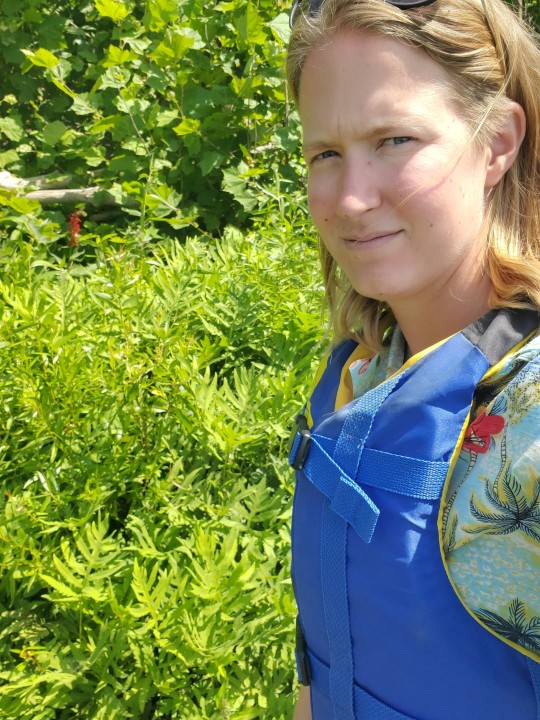


Wild sensitive fern (Onoclea sensibilis) my beloved
38 notes
·
View notes
Text
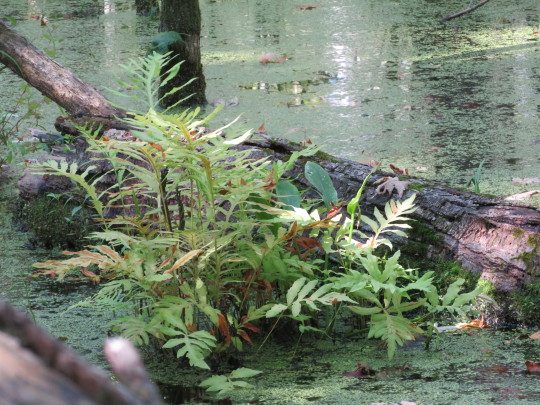
Onoclea sensibilis
#sensitive fern#wetlands#nature#pond#my photos#plant photography#ferns#a nice day#native species#biodiversity#ecology#canada#summer 2023#naturecore#nature aesthetic
2 notes
·
View notes
Text
Native Plants I’ve Actually Seen Growing Wild in Southern Ontario
Acer saccharinum (silver maple) --along the sides of highways
Acer saccharum (sugar maple) --GTA ravines
Achillea millefolia (yarrow) --GTA ravines
Allium schoenoprasum (wild chives) --GTA ravines, Ridgetown
Allium tricoccum (ramps) --Niagara region escarpments
Amaranthus retroflexus (redroot amaranth) --fallow areas in the GTA
Ambrosia artemisiifolia (ragweed) --fallow areas in the GTA
Ambrosia trifida (giant ragweed) --parks in the GTA
Amelanchier spp. (saskatoon/serviceberry) --GTA ravines
Arisaema triphyllum (Jack-in-the-pulpit) --GTA ravines
Aronia melanocarpa (black chokeberry) --ravines and parks in the GTA
Asarum canadense (Canada ginger) --GTA ravines
Asclepias syriaca (common milkweed) --fallow areas, ravines, and parks throughout southern Ontario from Windsor to GTA
Asplenium trichomanes (maidenhair spleenwort) --Niagara region escarpments
Betula spp. (birch) --ravines and parks throughout southern Ontario from Windsor to GTA
Bidens spp. (beggar ticks) --GTA ravines
Caulophyllum thalictroides (blue cohosh) --GTA parks
Ceratophyllum demersum (hornwort) --GTA ravines (native in freshwater across the globe anyway)
Circaea lutetiana (enchanter’s nightshade) --fallow areas in the GTA
Commelina spp. (dayflower) --fallow areas in Windsor
Cornus alternifolia (Pagoda dogwood) --GTA wooded areas
Cornus sericea (red osier dogwood) --GTA ravines and in Windsor riverside parks
Crataegus spp. (hawthorn) --GTA ravines and parks
Echinocystis lobata (wild prickly cucumber) --GTA ravines
Elaeagnus commutata (silverberry) --GTA parks and fallow areas
Epilobium ciliatum (fringed willowherb) --fallow areas in the GTA
Equisetum spp. (horsetail/scouring rush) --GTA ravines and fallow areas
Erigeron spp. (fleabane) --GTA parks and fallow areas, Ridgetown
Erythronium americanum (trout lily) --GTA ravines and parks
Eutrochium maculatum (Joe-Pye weed) --GTA parks
Fragaria virginiana (wild strawberry) --fallow areas in the GTA
Geranium maculatum (wild geranium) --Windsor green spaces
Geranium robertianum (herb robert) --Windsor green spaces
Geum aleppicum (yellow avens) --GTA fallow areas
Geum canadense (white avens) --GTA fallow areas
Geum macrophyllum (large-leaved avens) --GTA fallow areas
Gymnocladus dioicus (Kentucky coffee tree) --GTA ravines
Helianthus spp. (sunflower) --GTA fallow areas and parks
Heracleum maximum (cow parsnip) --GTA ravines
Hordeum jubatum (foxtail barley) --GTA fallow areas
Humulus lupulus (hops) --GTA ravines
Hydrophyllum virginianum (Virginia waterleaf) --GTA ravines
Impatiens capensis (jewelweed) --GTA ravines and in Windsor riverside parks
Juglans nigra (black walnut) --GTA ravines
Lactuca canadensis (Canadian lettuce) --GTA fallow areas
Lilium michiganense (Michigan lily) --GTA ravines
Lupinus perennis (sundial lupine) --GTA parks
Maianthemum canadense (Canada mayflower) --GTA ravines
Maianthemum racemosum (starry false solomon’s seal) --GTA ravines and parks
Maianthemum stellatum (starry false solomon’s seal) --GTA ravines
Matteuccia struthiopteris (ostrich fern) --GTA ravines
Monarda fistulosa (wild bergamot) --GTA ravines and parks
Morus rubra (red mulberry) --fallow areas in Windsor, GTA parks
Myosotis laxa (smallflower forget-me-not) --GTA fallow areas
Oenothera biennis (evening primrose) --GTA fallow areas
Onoclea sensibilis (sensitive fern) --GTA ravines
Oxalis stricta (yellow wood sorrel) --fallow areas and ravines throughout southern Ontario from Windsor to GTA
Parietaria pensylvanica (Pennsylvania pellitory) --GTA fallow areas
Parthenocissus quinquefolia (Virginia creeper) --Windsor fallow areas and GTA ravines and parks
Persicaria lapathifolia (curlytop smartweed) --GTA fallow areas
Podophyllum peltatum (mayapple) --GTA ravines and parks
Portulaca oleracea (purslane) --fallow areas throughout southern Ontario from Windsor to GTA (native globally anyway)
Potentilla norvejica monspeliensis (ternate-leaved cinquefoil) --GTA fallow areas
Prunella vulgaris (selfheal) --fallow areas and ravines throughout southern Ontario from Windsor to GTA
Prunus virginiana (chokecherry) --Windsor fallow areas, GTA ravines and parks, Niagara region escarpments
Pteridium aquilinum latiusculum (western bracken fern) --GTA parks
Quercus spp. (oak) --wooded areas throughout southern Ontario from Windsor to GTA
Rhus typhina (staghorn sumac) --parks and fallow areas throughout southern Ontario from Windsor to Collingwood
Ribes spp. (currants) --GTA ravines and parks
Ribes spp. (gooseberries) --GTA ravines
Robinia pseudoacacia (black locust) --GTA ravines and parks
Rosa spp. (roses) --GTA ravines, parks, and fallow areas
Rubus occidentalis (black raspberry) --ravines, parks, and fallow areas in Hamilton and GTA
Rubus odoratus (purple-flowered raspberry) --GTA ravines and parks
Rubus strigosus (American red raspberry) --GTA parks
Rudbeckia hirta (black-eyed susan) --GTA parks
Salix spp. (willow) --GTA ravines
Sambucus canadensis (common elderberry) --Windsor riverside parks, GTA ravines
Sambucus racemosa (red elderberry) --GTA ravines and parks
Smilax spp. (greenbrier) --GTA parks
Solidago canadensis (Canada goldenrod) --parks and fallow areas throughout southern Ontario from Windsor to GTA
Sorbus spp. (mountain ash) --GTA ravines and parks
Streptopus spp. (twistedstalk) --GTA parks
Symphoricarpos spp. (snowberry) --GTA parks
Symphyotrichum ericoides (heath aster) --fallow areas throughout southern Ontario from Windsor to GTA
Symphyotrichum novae-angliae (New England aster) --fallow areas throughout southern Ontario from Windsor to GTA
Symplocarpus foetidus (skunk cabbage) --GTA parks
Tilia spp. (linden) --GTA ravines
Trillium grandiflorum (white trillium) --parks throughout southern Ontario from Windsor to GTA
Tsuga canadensis (eastern hemlock) --GTA parks
Typha latifolia (broad-leaved cattail) --marshes in Essex county and GTA
Urtica gracilis (slender nettle) --GTA ravines
Uvularia spp. (bellwort) --streams in Windsor green spaces
Verbena hastata (blue vervain) --GTA ravines
Viburnum lentago (nannyberry) --GTA parks and Ridgetown ravine
Viburnum trilobum (highbush cranberry) --Ridgetown
Viola sororia (wood violet) --fallow areas and wooded areas throughout southern Ontario from Windsor to GTA
Vitis riparia (riverbank grape) --GTA fallow areas, ravines, and parks
Waldsteinia fragarioides (barren strawberry) --GTA ravines and parks
Xanthium strumarium canadense (Canada cocklebur) --GTA parks and fallow areas
I’ve likely seen many others and just couldn’t identify them, but there are a lot I’ve never seen growing wild. What I’m hoping is that some of the native species I have in my garden will make their way to the nearby ravine. If I get around to it, though, I might just take a walk with some Asclepias incarnata (swamp milkweed) seeds in the fall. They certainly seem to successfully germinate in my garden whether I want them to or not (don’t have space for them to go crazy). Can’t see why they wouldn’t in a natural swamp area.
#text post#long text post#native plants of Ontario#native plants of North America#wild native plants
10 notes
·
View notes
Text



Never underestimate the potential of Spontaneous growth, i found a sensitive fern under my house today. I keep finding great Native plants (some considered weeds with good filler potential) which can be used in my garden or in barren areas
Plants: Sensitive Fern (Onoclea sensibilis), Poverty Rush (Juncus tenuis), Northern Red Oak, Spicebush, Swamp Milkweed, White Spruce
4 notes
·
View notes
Text
[CM] Ferns
ClayClan territory is positively lush with ferns, as I recently discovered while tuning up my species list. These words were a good time to come up with - I got to reference some really fun traits! Below are words for eight fern species.
Christmas fern (Polystichum acrostichoides) - Nanlo Derived from base Clanmew lolol* (deep green) and nan* (fern). So named for its evergreen foliage, which stays green throughout leafbare. Nanlo grows only in the drier upland woods and attracts ruffed grouse.
Common bracken (Pteridium aquilinum) - Kaonan Derived from kao (triangle) and base Clanmew nan*, "triangle fern", named for its triangular fronds. Kaonan is an aggressive colonizer that may form dense colonies in the woods. Another common name for this plant is brake, which makes Brakelight a perfectly acceptable name.
Cinnamon fern (Osmunda cinnamomea) - Kemwo Derived from base Clanmew kemree* (orange/ginger) and morrwo* (big). Kemwo is a huge fern, growing up to 6ft tall, and produces big cinnamon-colored sporangia each spring - from these it earns its name.
Interrupted fern (Osmunda claytoniana) - Mwich Derived from mwisk* (missing) and och (middle). Fertile leaflets develop in the middle of fronds, leading to a strange appearance and earning mwich its name. This is among the first ferns to emerge in the spring.
Royal fern (Osmunda regalis) - Naliu Derived from paliu* and nan*, "color fern"; this name refers to its colorful fiddleheads and fall foliage. Naliu is quite large, but smaller than kemwo, and often used as shelter by small animals.
Broad beech fern (Phegopteris hexagonoptera) - Eekaon Derived from eeb* and kaonan, "little bracken", for its broad triangular fronds that resemble kaonan. Eekaon spreads rapidly, but dies back in winter and when receiving too much sun. It's little bigger than a cat.
Rock polypody (Polypodium virginianum) - Holfe Derived from hehhefe* (slithering) and holro* (green). Holfe is an evergreen fern that grows in creeping clumps along rocks and tree roots in the woods.
Sensitive fern (Onoclea sensibilis) - Hossan Derived from hossow (meander) and nan*, named for its uniquely lobed fronds. Hossan is cat-sized or taller. It does not tolerate freezing and goes black even in light frost.
0 notes
Photo


Onoclea sensibilis. May 2021.
34 notes
·
View notes
Photo

60105.01 Onoclea sensibilis by horticultural art https://flic.kr/p/2icc57A
8 notes
·
View notes
Photo

Onoclea by Barbara Benson on Ravelry
134 notes
·
View notes
Text


Oh dreadful, fallow heart // Part 13
January 28th, 2023
#nature photography#snow#sensitive fern#onoclea sensibilis#winter photography#winter#new england nature
82 notes
·
View notes
Photo
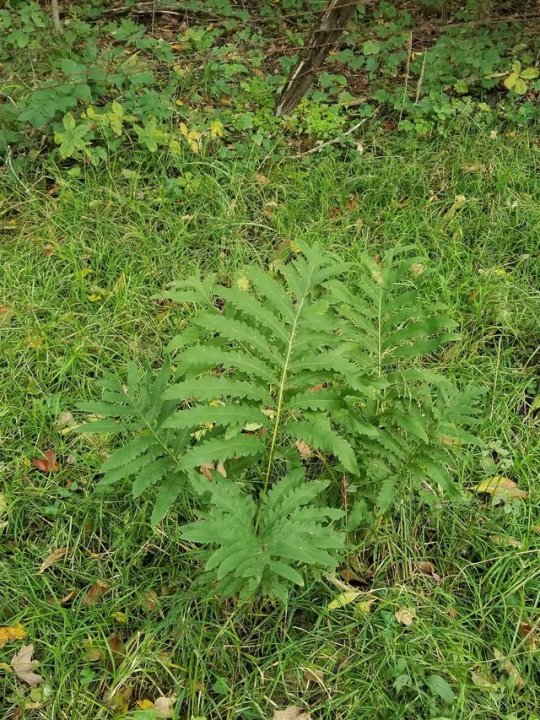
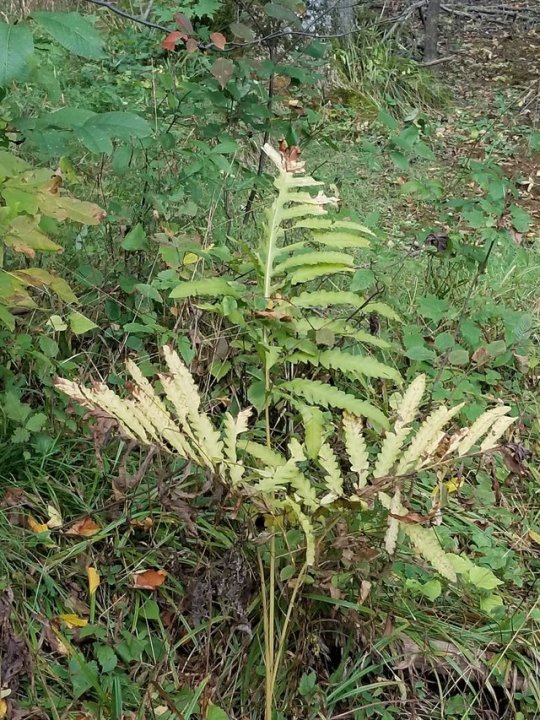


I was very confused this fern especially when I discovered its identity (thanks to @geopsych); Sensitive Fern (Onoclea sensibilis).
I was not aware they could get SO BIG with such big fronds; some definitely almost reached waist high in height. Also weird; I don’t seem to have any uploaded pics of the MASSIVE colony of them which I saw in that forest...
#my post#plantblr#gardeners of tumblr#gardeners on tumblr#BaumbachWoodlandWalk 2018#sensitive fern#fern#Onoclea sensibilis#Onoclea#woodland#forest
4 notes
·
View notes
Photo

Sensitive Fern by zachbaranowski on iNaturalist.
This work is licensed under CC BY-NC-ND 4.0.
#sensitive fern#onoclea sensibilis#foliage#wild#portrait#inaturalist#creative commons#creativecommonsplants#curators on tumblr#botany#plants#plant blog#plant photography#green
23 notes
·
View notes